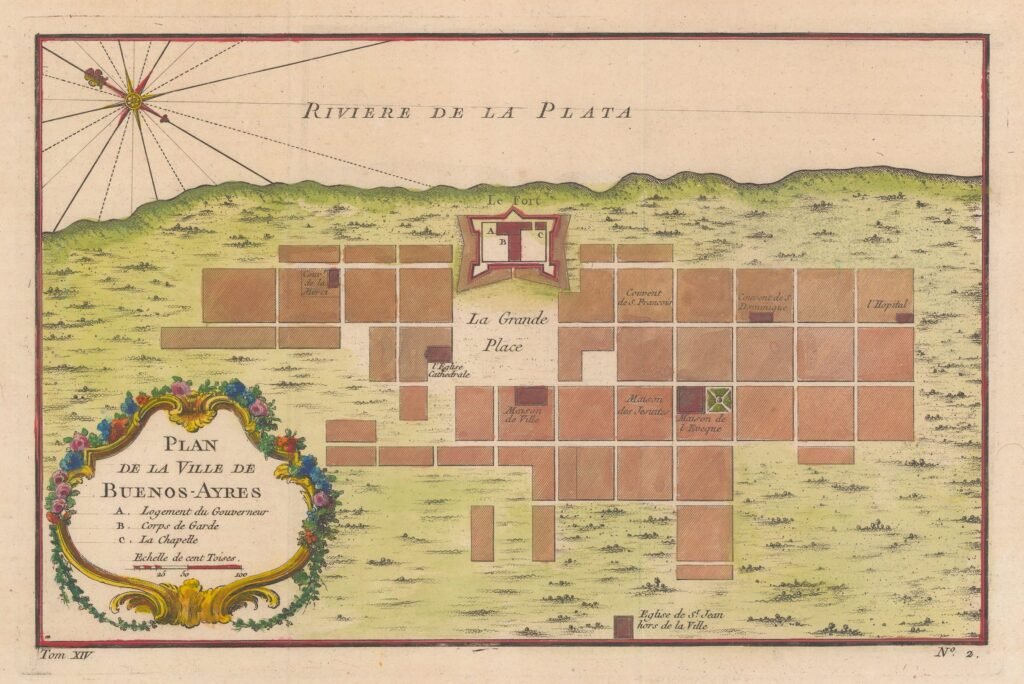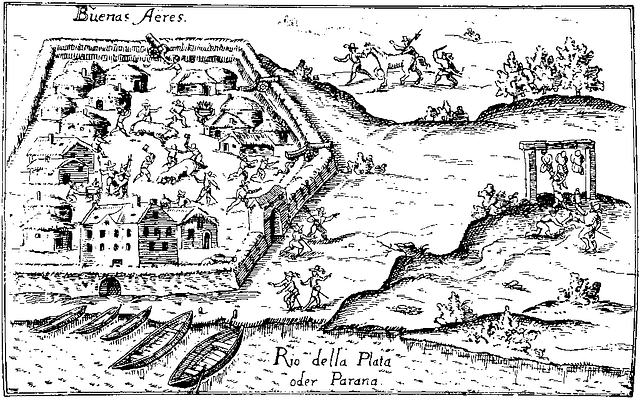Buenos Aires: The Name Behind the City

Buenos Aires is a vibrant metropolis, a city where tango rhythms echo through historic streets and grand European style architecture stands as a testament to a rich past. Home to over three million people, it serves as Argentina’s undeniable political, economic, and cultural heart. Located on the southeastern coast of South America, its identity has been profoundly shaped by its role as a major port. This connection to the water is so fundamental that its inhabitants are famously known as porteños, or people of the port.
The city’s significance extends far beyond its geography. As the capital of Argentina, Buenos Aires has been an autonomous district since 1994, wielding considerable influence over Latin American history from colonial times to its present-day global appeal.
This article explores the full historical name of Buenos Aires, tracing its origins and addressing the definitive story behind its meaning. We will examine the theories surrounding its name and provide a concise history of its usage.
The Origins and Etymology of “Buenos Aires”
The name “Buenos Aires” is Spanish for “good airs” or more poetically, “fair winds.” Its full, original name, bestowed during the first founding in 1536, was “Real de Nuestra Señora Santa María del Buen Ayre,” which translates to “Royal of Our Lady Saint Mary of the Fair Wind.” This lengthy title reveals the name’s deeply religious roots.
The name is directly tied to the Virgin of Bonaria, a revered figure from Cagliari, the capital of Sardinia. Spanish sailors, particularly those from the region of Andalusia, venerated her as the patroness of navigators. They believed she provided calm seas and favorable winds during perilous voyages across the ocean. The connection is etymological. The Sardinian “Bonaria” comes from “buen ayre,” a name given to a hill that was free from the “bad air” (mal aria) of nearby swamps. This “good air” symbolized a safe, healthy haven, an idea that resonated with explorers hoping to establish a new settlement in South America. The location of Buenos Aires was south of the region where malaria carrying mosquitoes were a threat, making the name even more appropriate.
Historical records confirm that this religious origin is well established. The expedition led by Pedro de Mendoza chose the name in honor of this virgin to invoke her protection for their new and challenging venture. While some popular myths suggest the name arose from the explorers’ first impression of the region’s fresh breezes, this is inaccurate. The true root is religious and predates their arrival. Authoritative historical sources clearly favor the connection to the Virgin of Bonaria over folklore.
A slight variation appeared during the city’s refounding in 1580 by Juan de Garay. The settlement was named “Ciudad de la Santísima Trinidad y Puerto de Nuestra Señora la Virgen María de los Buenos Aires,” meaning “City of the Most Holy Trinity and Port of Our Lady the Virgin Mary of the Good Airs.” While more elaborate, this name intentionally preserved the core “Buen Ayre” element, reaffirming its original inspiration. Today, there are no major conflicting theories about the name’s origin, as the discussion is settled. The name reflects the blend of colonial Spanish devotion, maritime culture, and a desire for a healthy environment that defined the expedition.
Historical Evolution and Lasting Legacy

The name was first used on February 2, 1536, when Pedro de Mendoza established the initial settlement. He chose the name to seek divine favor for the colony. However, this first settlement was abandoned in 1541 due to hardships and resistance from indigenous peoples.
The name became permanent with the city’s refounding on June 11, 1580. Juan de Garay’s decision to preserve the “Buenos Aires” component while adding an emphasis on the port marked the beginning of the city’s continuous growth. Over the following centuries, the name evolved. By the 17th century, it was commonly shortened to “Buenos Aires” for everyday use. Its status grew, and it was formalized as the federal capital of Argentina in 1880. A final significant change occurred in 1994, when its official title became “Ciudad Autónoma de Buenos Aires” to reflect its autonomous status, distinguishing it from the surrounding Province of Buenos Aires.
The name’s history is woven into the city’s identity. It appeared in colonial documents and helped foster a sense of community among the early settlers. While its official name is long, the city also has informal nicknames, such as “La Reina del Plata” (The Queen of the Plate), which underscores its location on the Río de la Plata and its prosperity.
In summary, the full name of Buenos Aires encapsulates a blend of faith, exploration, and geography. Understanding its journey from a prayer for fair winds to the name of a major global city enhances our appreciation of its rich heritage. It serves as a powerful reminder of how place names preserve deep layers of human history, connecting the present to the aspirations of the past.
Further Readings & Resources
The following sources and links are accurate as of the publication date of this article.
- https://www.britannica.com/place/Buenos-Aires/History
- https://turismo.buenosaires.gob.ar/es/article/historia-de-buenos-aires
You may also like

The Origin of Mount Kilimanjaro’s Name

Fascinating Facts About Mount Kilimanjaro

Archives
Calendar
| M | T | W | T | F | S | S |
|---|---|---|---|---|---|---|
| 1 | ||||||
| 2 | 3 | 4 | 5 | 6 | 7 | 8 |
| 9 | 10 | 11 | 12 | 13 | 14 | 15 |
| 16 | 17 | 18 | 19 | 20 | 21 | 22 |
| 23 | 24 | 25 | 26 | 27 | 28 | 29 |
| 30 | 31 | |||||
Leave a Reply